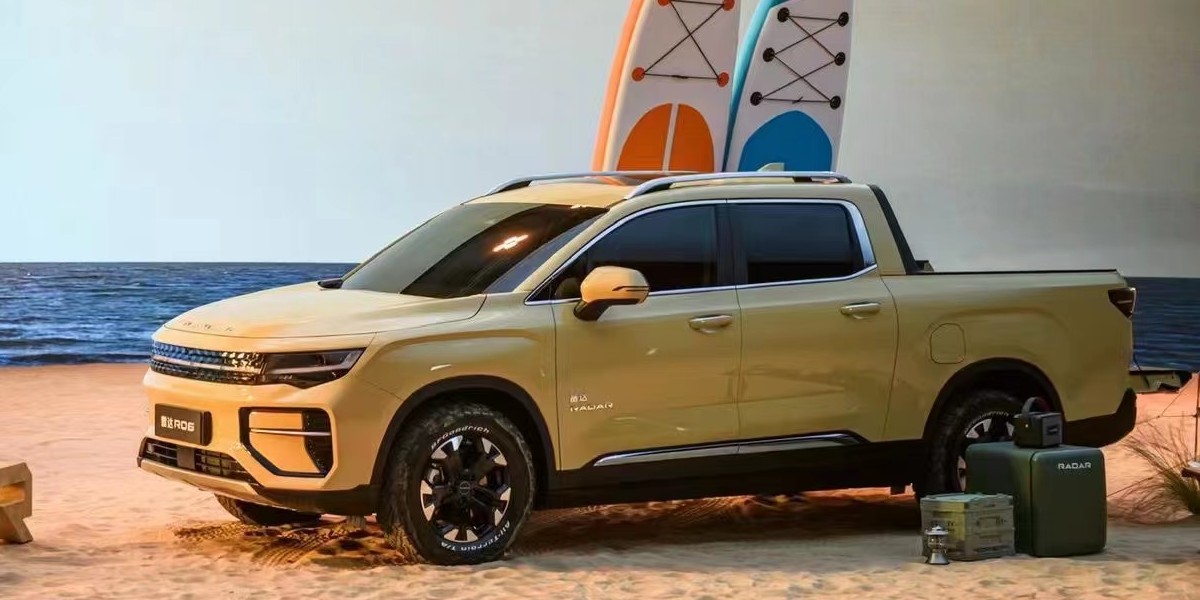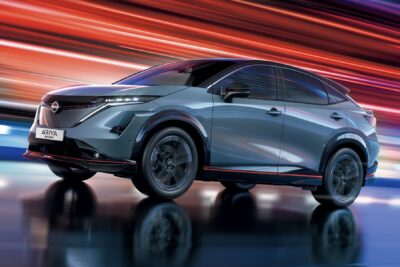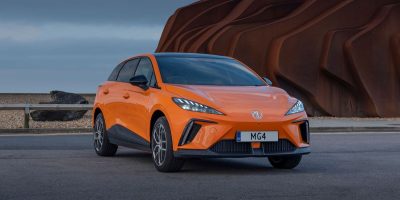Geely’s Radar Auto launches first electric pick-up truck
Branded as a label for lifestyle vehicles at launch, Geely subsidiary Radar Auto just debuted its first model in China. The RD6 electric pick-up truck hits the market in four versions at prices starting from 178,800 yuan, below 25,000 euros.
Geely launched Radar Auto only in July and announced the RD6 at the time. Looking at the time frame, the new model had to rely on proven technology, and, indeed, it utilises the Group’s SEA platform. Still, there has been new data now recorded by CN EV Post, which attended the launch in China.
The Radar Auto RD6 measures 5,260 mm x 1,900 mm x 1,830 mm while using a wheelbase of 3,120 mm, placing it right within the scale of similar pick-up EVs like the Ford F-150 Lightning or Rivian R1T. In fact, Geely, at the event, positioned the RD6 as a direct rival to Rivian’s EV.
RD6 battery options provide three capacities of 63 kWh, 86 kWh and 100 kWh, providing a CLTC range of 400 km, 550 km and 632 km, respectively.
As mentioned before, the smallest battery version costs RMB 178,800, with prices increasing along with the range to RMB 198,800 and RMB 228,800 (both 500 km) and RMB 268,800 (€36,650) for the biggest battery pack.
Other data the portal picked up includes a permanent magnet synchronous motor of up to 200 kW power and accelerates from 0 to 100 km/h in 6.9 seconds. Autonomous systems include L2 driving assistance, including Rear Collision Warning, Rear Cross Traffic Alert, and Autonomous Emergency Braking.
So far, only Chinese consumers can pre-order the model through the Radar website and app.
However, Geely announced the ‘Smart Geely 2025’ strategy last October and is geared towards expansion with targets including total sales of 3.65 million electric vehicles by 2025, an average of 10,000 EVs per day.
Within Geely, Radar Auto is an independent brand, reportedly with its own R&D facility in Hangzhou, Zhejiang, and an EV production facility in Zibo, Shandong. At the same time, the brand uses Geely’s Sustainable Experience Architecture (SEA), as mentioned above, which the Group has rolled out across a whole range of brands since unveiling it in 2020. Lynk & Co. and Zeekr are to use SEA, Volvo Cars and Smart, and the Chinese tech group Baidu have been known to build on it.
As for setting Radar apart, automotive designer Peter Horbury helped with the branding from his design studio in the UK. “The Radar product portfolio is focused on electric pick-up trucks and SUVs; this direction challenges us to mix functionality and usability with aesthetic form,” he explained when Radar first appeared in July.
There has been no indication that Geely would launch the Radar RD6 in markets outside China.





1 Comment